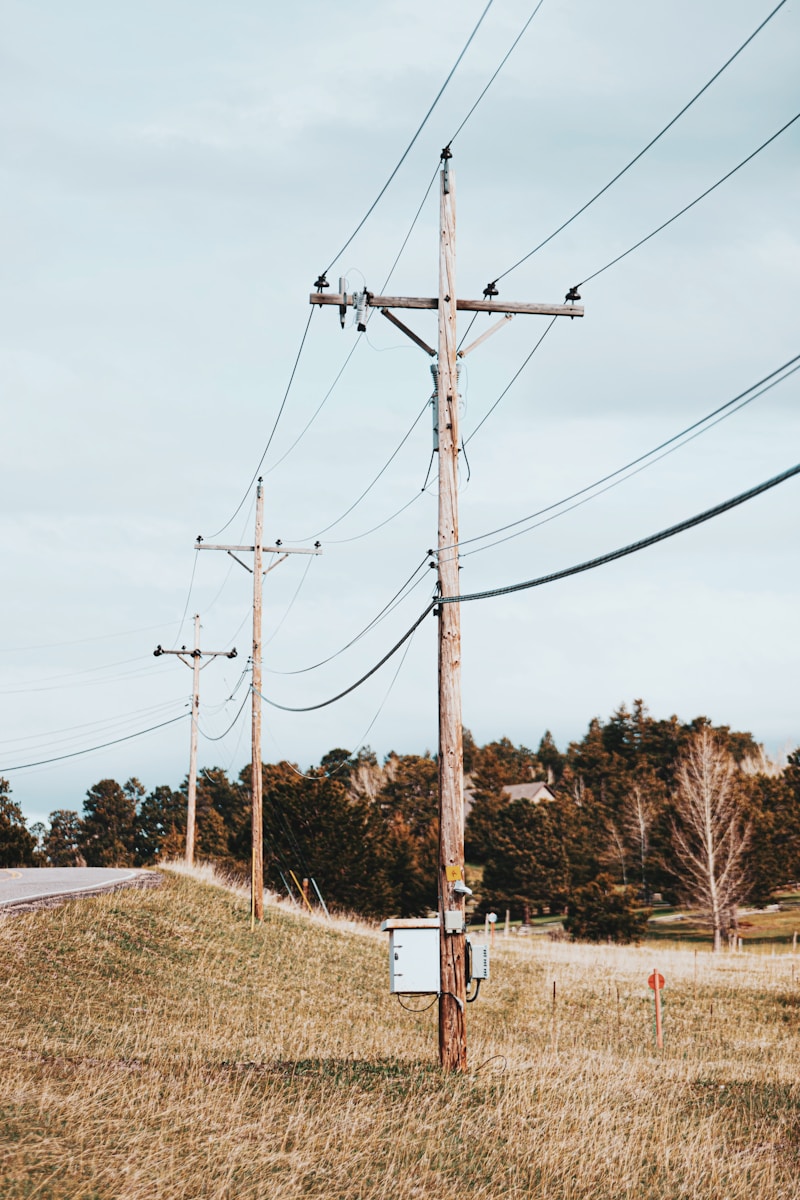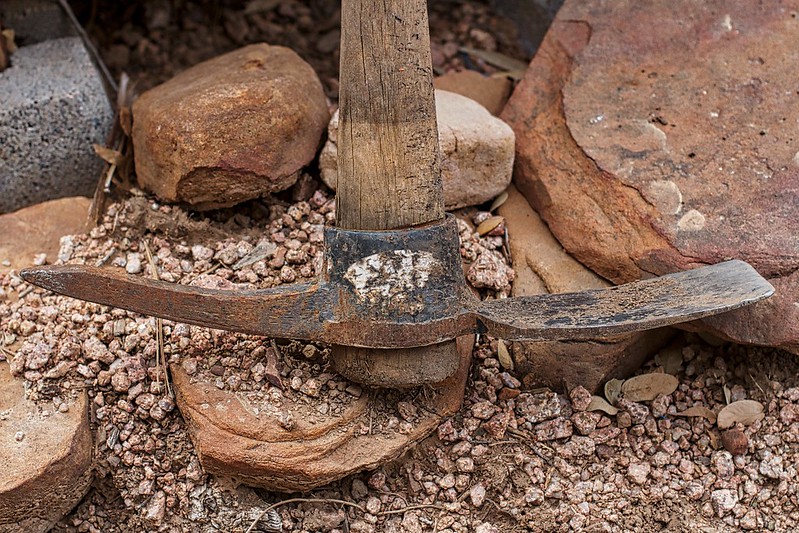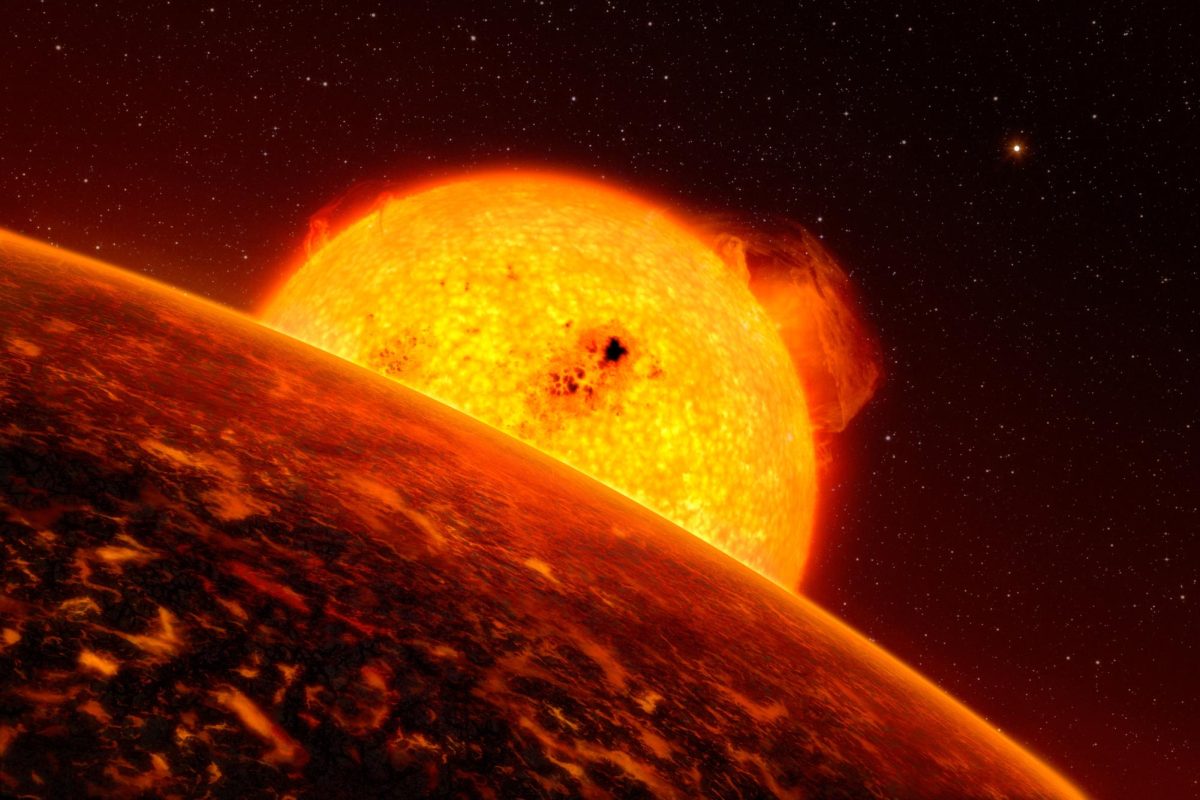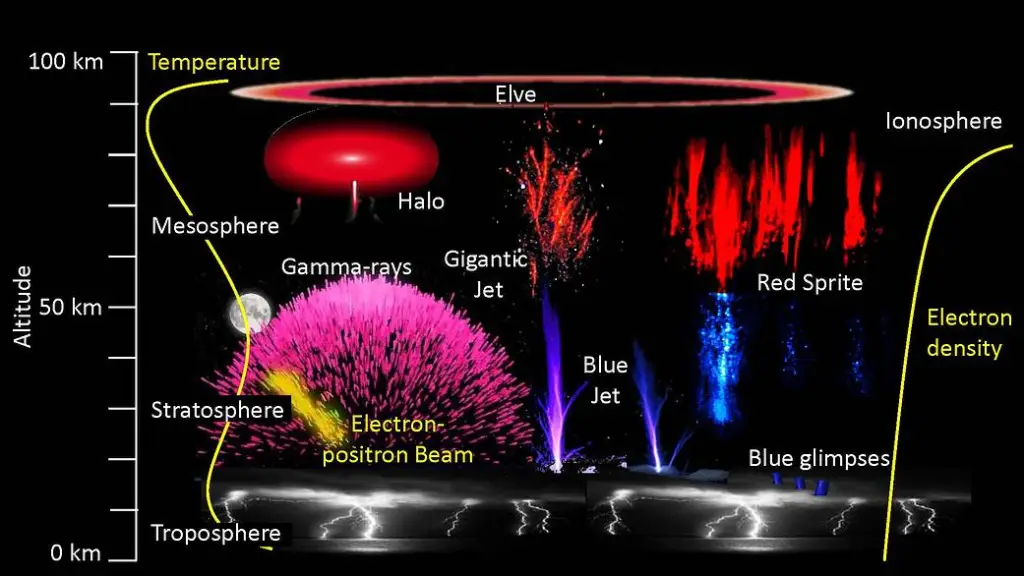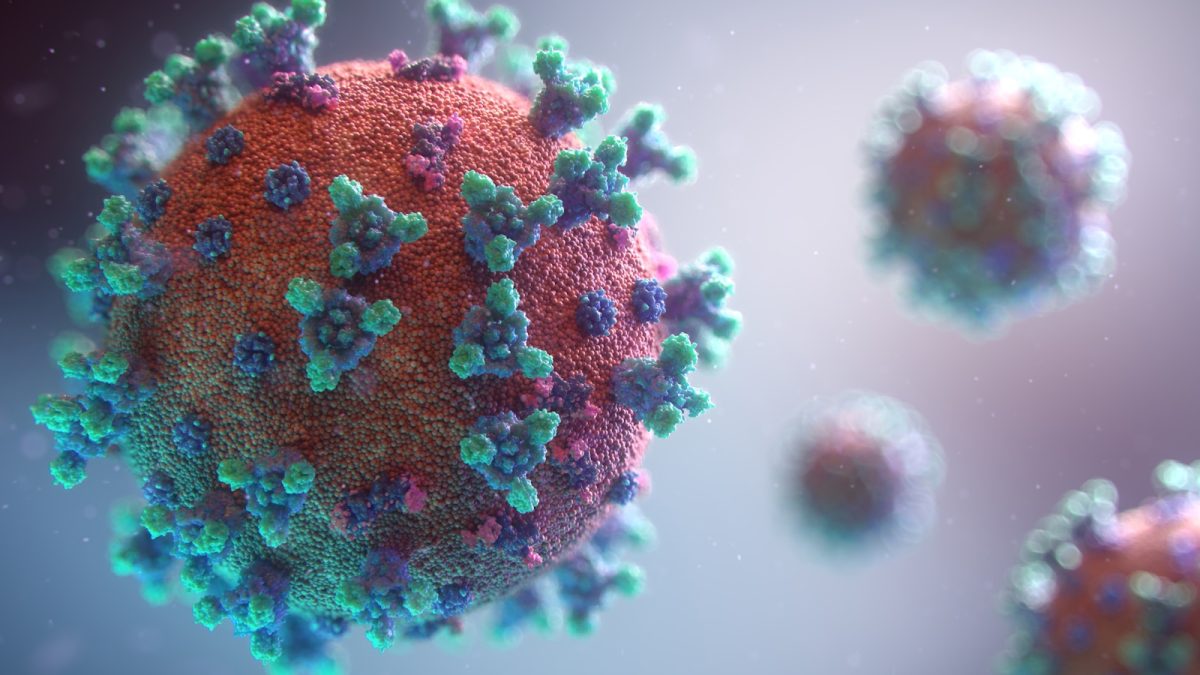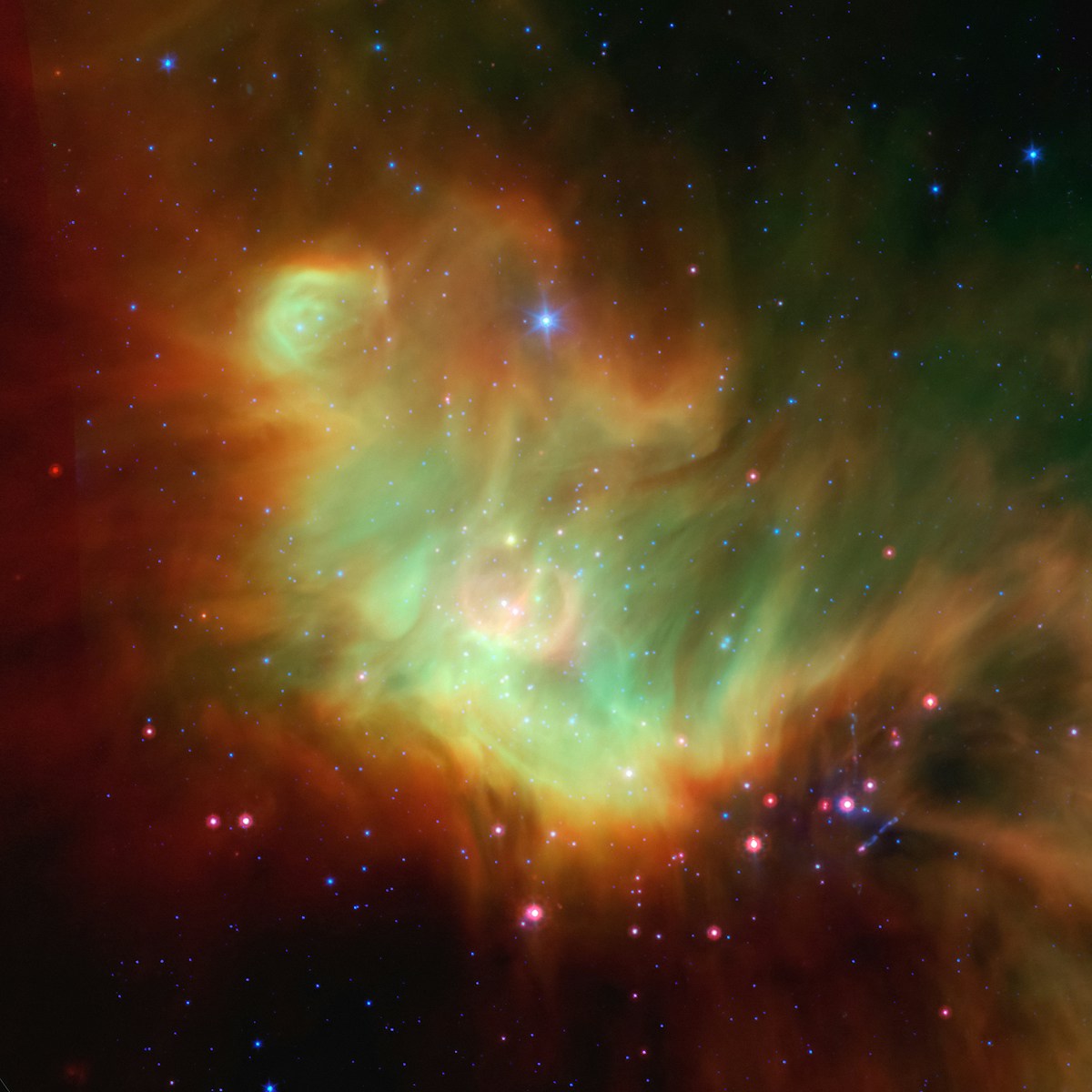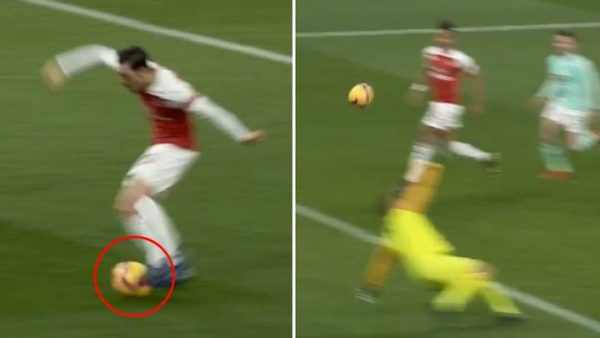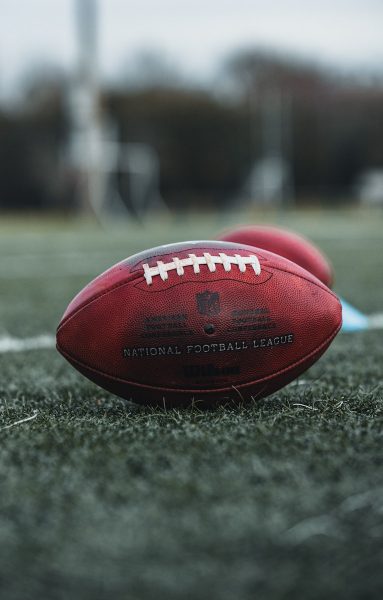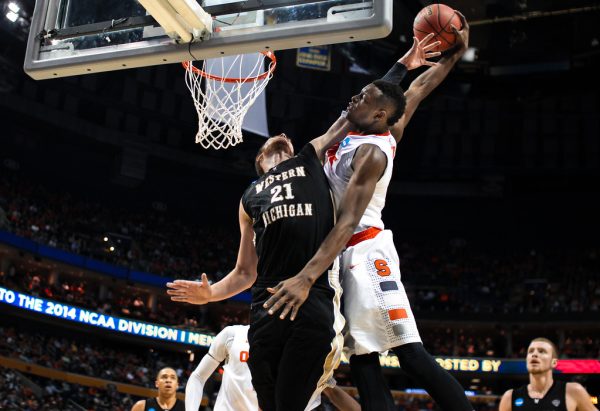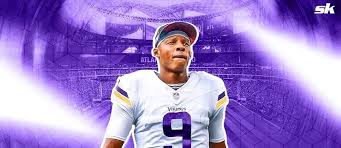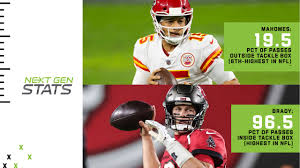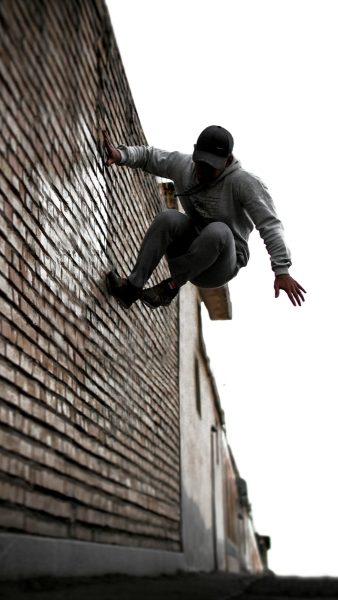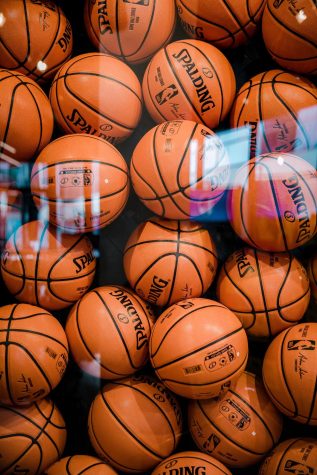The Physics of The 2022 World Cup Ball

The new Qatar World Cup soccer ball is the Al Rihla. The Al Rihla is made with water-based inks and glues and contains 20 panels. Eight of these are small triangles with roughly equal sides, and 12 are larger and shaped sort of like an ice cream cone. Instead of using raised textures to increase surface roughness like with previous balls, the Al Rihla is covered with dimple-like features that give it’s surface a relatively smooth feel compared to its predecessors.
Adidas has supplied balls for the World Cup since 1970. Through 2002, each ball was made with the iconic 32-panel construction. The 20 hexagonal and 12 pentagonal panels were traditionally made of leather and stitched together. A new era began with the 2006 World Cup in Germany. The 2006 ball, called the Teamgeist, consisted of 14 smooth, synthetic panels that were thermally bonded together instead of stitched. The tighter, glued seal kept water out of the interior of the ball on rainy and cloudy days.
Making a ball out of new materials, with new techniques and with a smaller number of panels, changes how the ball flies through the air. Over the past three world cups, Adidas tried to balance the number of panels-to-seam- properties and surface texture to create balls with just the right aerodynamics.
RELATED STORIES:
https://www.fifa.com/fifaplus/en/articles/fwc-qatar-2022-world-cup-balls
https://www.npr.org/2010/06/14/127839848/controversy-over-the-world-cup-soccer-ball
TAKE ACTION:
https://www.fairfaxcounty.gov/neighborhood-community-services/athletics/sports-directory







